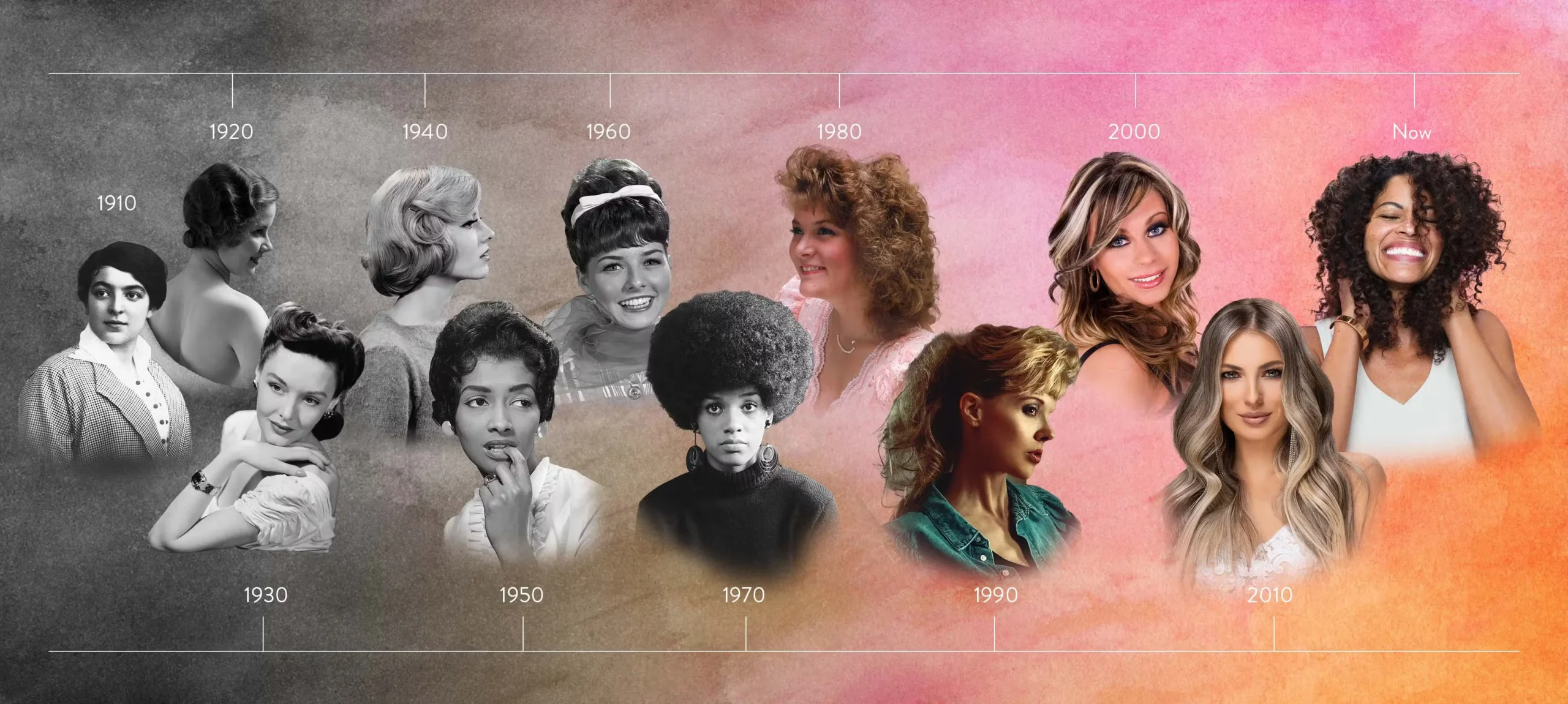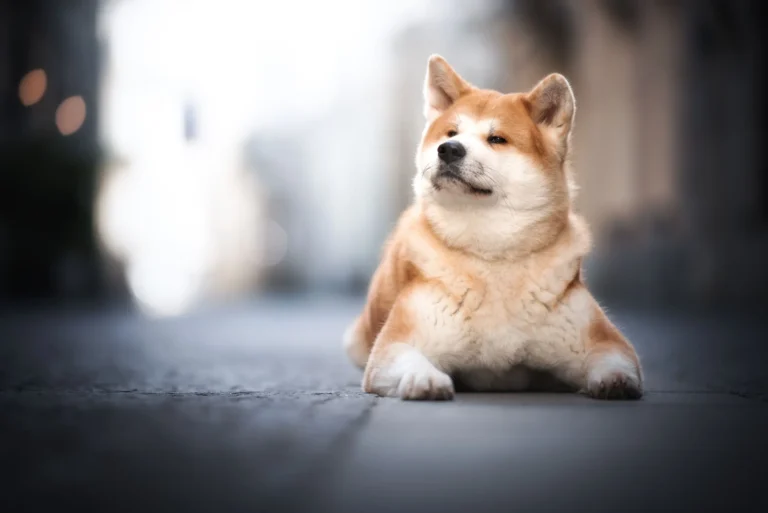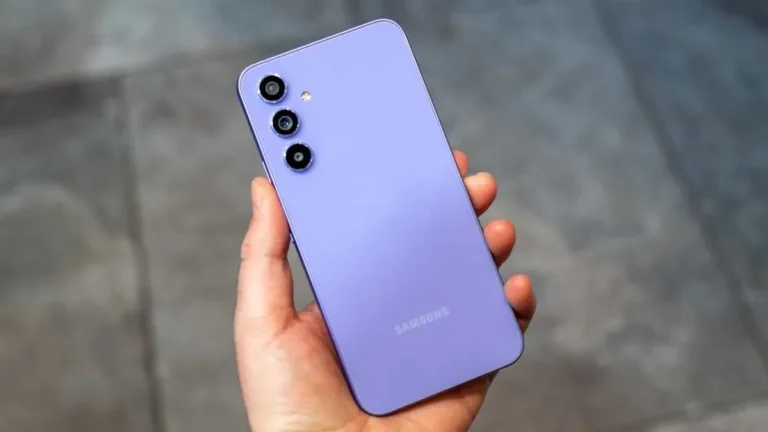Introduction to Hairstyles
Evolution of Hairstyles Through the Ages: Welcome to the fascinating world of hairstyles! From the ancient civilizations to the modern era, our hair has been a canvas for self-expression and cultural identity. Hairstyles have evolved over time, reflecting not only fashion trends but also societal norms, religious beliefs, and individuality. Join us on this journey through history as we explore the captivating evolution of hairstyles through the ages. Get ready to be amazed by intricate updos, iconic bobs, and everything in between! Whether you’re a trendsetter or simply curious about how hairstyles have shaped our societies, this blog post is sure to leave you inspired and informed. So grab your comb and let’s dive into the mesmerizing world of hairstyles!
Table of Contents
Ancient Times: Hairstyles in Ancient Civilizations
Ancient times were filled with fascinating civilizations that left their mark on history in various ways, including through their hairstyles. From the Egyptians to the Greeks and Romans, each civilization had its own unique take on hair fashion.
In ancient Egypt, both men and women took great pride in their hair. Women often wore long, flowing locks adorned with elaborate headdresses made from precious metals and jewels. Men also styled their hair into intricate braids or shaved it completely.
The ancient Greeks valued beauty and elegance, and this was reflected in their hairstyles as well. Women would often wear their hair up in elaborate styles such as the “melon” hairstyle, which involved arranging the hair into a bun at the back of the head. They would then adorn it with ribbons or gold accessories.
The Romans also placed importance on grooming and personal appearance. Roman women would style their hair using hot irons to create curls or wear wigs made from human or animal hair. Men typically kept their hair short and neatly trimmed.
Each civilization had its own unique customs when it came to hairstyling during ancient times. These hairstyles not only served as a form of self-expression but also held cultural significance for these ancient societies
Middle Ages: The Influence of Religion and Social Class on Hairstyles
During the Middle Ages, hairstyles were not just a matter of personal preference; they were heavily influenced by religion and social class. The Catholic Church played a significant role in shaping hairstyles during this time. For instance, priests and monks shaved the tops of their heads to signify their devotion to God. Women, on the other hand, covered their hair with veils or hoods as a sign of modesty.
Social class also had an impact on hairstyles. Nobles and royalty would often wear elaborate wigs adorned with jewels and intricate braids. These extravagant styles demonstrated wealth and power.
For commoners, simplicity was key due to practicality and limited resources. Men typically wore shorter haircuts while women kept their hair tied back or covered with plain headscarves.
It’s important to note that these societal norms surrounding hairstyle choices were strictly enforced. Deviating from them could lead to harsh consequences – even persecution for religious reasons or accusations of imitating higher social classes.
During the Middle Ages, your hairstyle wasn’t just about personal style; it represented your religious beliefs or social status. Hairstyles served as symbols of piety for clergy members and signs of prestige for nobility while being restrained for commoners.
Renaissance Era: Elaborate and Ornate Hairstyles
During the Renaissance era, hairstyles became a true work of art. Elaborate and ornate hairstyles were seen as a symbol of wealth, status, and beauty. Both men and women took great care in styling their hair to create intricate designs that showcased their creativity.
For women, one popular hairstyle during this time was the “hennin.” This cone-shaped headdress sat on top of the head and was often adorned with jewels or fabric. It created an elongated silhouette that emphasized the elegance and grace of women.
Another fashionable hairstyle for women was the “fontange,” which consisted of tall curls at the sides and back of the head, often accompanied by ribbons or lace cascading down from a central point. These elaborate styles required hours to create and maintain, showing off both personal style and social status.
Men also embraced extravagant hairstyles during the Renaissance period. Wigs became increasingly popular among noblemen who wanted to display their wealth and power. These wigs were often long, curly, or styled in intricate patterns using pomade or powder.
Hairstyles during this time were not only about aesthetics but also had symbolic meanings attached to them. For example, red hair was associated with passion while blonde hair represented purity. Women would dye their hair different colors to portray certain characteristics or attract attention.
The Renaissance era brought forth some truly remarkable hairstyles that pushed boundaries in terms of creativity and extravagance. People used their hair as a canvas for self-expression and personal identity – something we can still appreciate today when we look back at these stunning historical looks!
Victorian Era: The Rise of Hair Accessories
The Victorian era was known for its opulence and attention to detail, and this extended to hairstyles as well. During this time, hair was seen as a symbol of femininity and beauty, and women went to great lengths to achieve elaborate styles.
Hair accessories played a crucial role in enhancing these intricate hairstyles. Popular hair accessories included combs, tiaras, ribbons, flowers, feathers, and even small decorative objects like cameos or lockets. These accessories were often adorned with gemstones or pearls to add an extra touch of elegance.
One popular hairstyle during the Victorian era was the Gibson Girl look. This style featured soft waves that framed the face and sometimes incorporated braids or buns at the back. To achieve this look, women would use hairpieces or padding for volume along with their chosen accessories.
Another iconic hairstyle of the time was the pompadour. This involved creating a large mound of hair on top of the head using padding or rats (stuffed rolls), which were then covered with a decorative comb or hatpin.
Hairpins also became increasingly popular during this period due to their practicality and versatility. Women would use them not only for securing their updos but also for adding embellishments such as feathers or bows.
The rise of hair accessories in the Victorian era showcased both fashion trends and social status. Wealthier individuals could afford more extravagant pieces made from precious materials like gold or silver while those less fortunate opted for simpler designs made from cheaper materials.
It’s clear that hair accessories played a significant role in shaping hairstyles during the Victorian era by adding flair and sophistication to women’s looks!
1920s-1960s: Iconic Hairstyles of the 20th Century
The 1920s to the 1960s marked a period of significant change in hairstyles, as societal norms and cultural influences shaped iconic looks that are still revered today. In the twenties, women rebelled against traditional long hair by embracing short bobs, inspired by flapper culture and the liberating spirit of jazz music. This daring style was a symbol of independence and modernity.
Moving into the thirties, finger waves became popular, adding a touch of elegance to women’s hairstyles. And then came World War II in the forties, during which practicality took precedence over elaborate styling. Women often wore their hair up in victory rolls or practical pin curls to keep it out of their faces while they contributed to war efforts.
The fifties brought about an era defined by glamour and femininity. Hollywood starlets like Marilyn Monroe popularized voluminous curls and glamorous updos adorned with decorative accessories like headbands and ribbons.
In contrast, the sixties witnessed a revolution in hairstyling influenced by counterculture movements such as mod fashion and hippie culture. The iconic beehive hairstyle gained popularity thanks to its height and drama, while free-flowing natural locks became equally fashionable for both men and women.
These decades were truly transformative when it comes to hairstyles; each one reflecting societal shifts and individual expressions of style. From bold bobs to elegant waves or rebellious beehives – these iconic looks continue inspiring trends even today!
Modern Times: Evolution of Gender-Neutral and Inclusive Hairstyles
In recent years, there has been a significant shift in the way society views gender roles and identities. This change has also had an impact on hairstyles, with a growing emphasis on gender-neutral and inclusive styles.
Traditional ideas about what is considered masculine or feminine in terms of hair have been challenged. More people are embracing hairstyles that defy traditional norms and blur the lines between genders.
One major trend that has emerged is the popularity of short haircuts for all genders. Short hair can be versatile and stylish, allowing individuals to express themselves without conforming to societal expectations. It has become increasingly common to see both men and women rocking pixie cuts or shaved heads with confidence.
Another development in modern times is the rise of natural hairstyles among people of color. For many years, society placed pressure on individuals with textured hair to conform to Eurocentric beauty standards by straightening their hair. However, there has been a resurgence in embracing natural curls, coils, and afros as symbols of pride and cultural identity.
Furthermore, there is now greater acceptance for non-binary individuals who may identify outside the traditional male-female binary spectrum. As a result, more people are experimenting with gender-neutral hairstyles that allow them to express their true selves authentically.
Social media platforms have played a pivotal role in promoting these inclusive hairstyle trends by providing spaces for self-expression and representation. Influencers from diverse backgrounds showcase various hairstyles while encouraging others to embrace their uniqueness.
This evolution towards gender-neutral and inclusive hairstyles reflects our changing social landscape where individuality is celebrated above conformity. The freedom to choose one’s hairstyle regardless of societal expectations helps create a more accepting world where everyone can feel comfortable being themselves!
Celebrity Influence
Throughout history, hairstyles have been greatly influenced by popular culture and the iconic looks of celebrities. Celebrities often serve as trendsetters, influencing millions of people with their hair choices. In today’s modern times, this influence is stronger than ever.
From Audrey Hepburn’s elegant updo in “Breakfast at Tiffany’s” to Jennifer Aniston’s iconic “Rachel” haircut from the hit TV show “Friends,” celebrity hairstyles have become a significant part of our cultural landscape. People look to these stars for inspiration when it comes to their own hair transformations.
With the rise of social media platforms like Instagram and YouTube, celebrities now have even greater reach and influence over trends. Hairstylists and beauty influencers share tutorials on how to achieve specific celebrity-inspired looks, making it easier for people around the world to replicate those styles.
Moreover, celebrities use their platform not only to showcase trendy hairstyles but also to promote inclusivity and diversity in beauty standards. They challenge traditional norms by embracing natural textures and encouraging individuality through unique cuts and colors.
Today, both male and female celebrities experiment with gender-neutral hairstyles that blur traditional boundaries. This evolution reflects society’s changing attitudes towards self-expression and acceptance.
Conclusion : Evolution of Hairstyles Through the Ages
In conclusion (without using those exact words), we can see that hairstyles have come a long way since ancient civilizations. From elaborate ornaments in Renaissance-era Europe to gender-neutral styles embraced by modern-day icons, our hair has always been an integral part of expressing ourselves.
Whether driven by religious beliefs or social class distinctions in the past or influenced by media figures today, one thing remains constant – our desire for self-expression through hairstyling will continue evolving alongside societal changes.
So go ahead – embrace your own unique style! Take inspiration from different eras or find your favorite celebrity hairstyle icon who resonates with you! Let your hair be a canvas for creativity as we continue shaping the history of hairstyles together!







